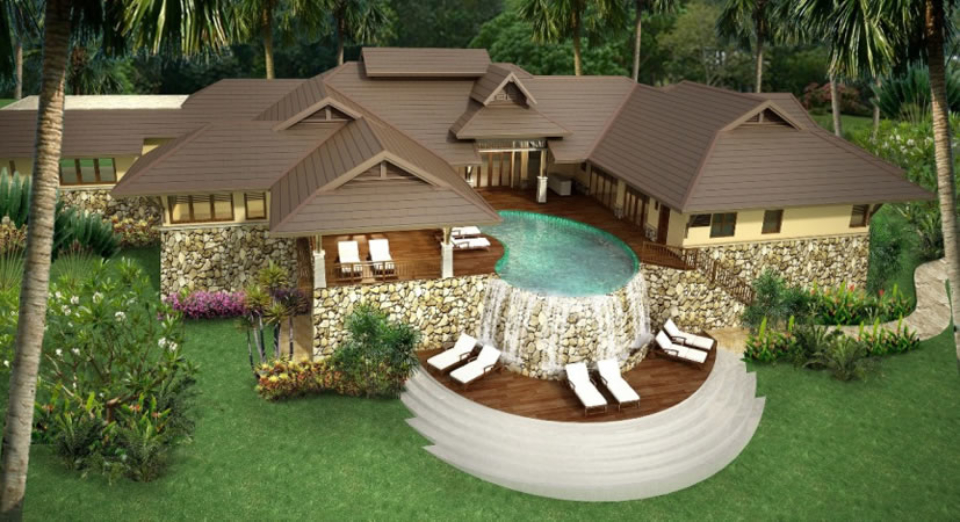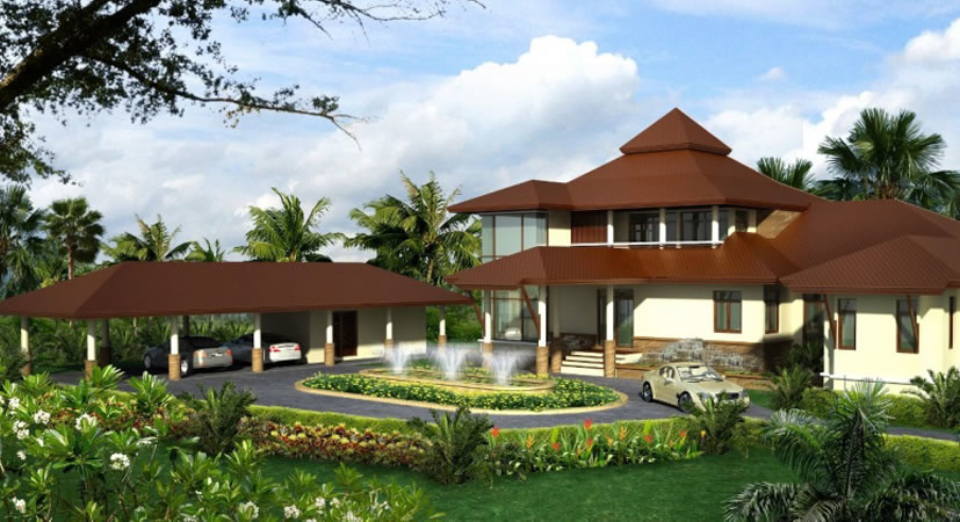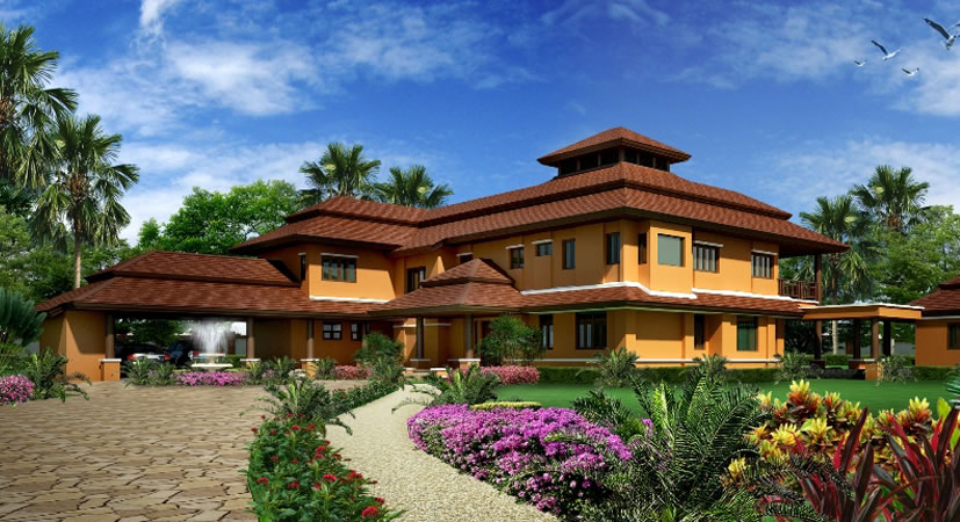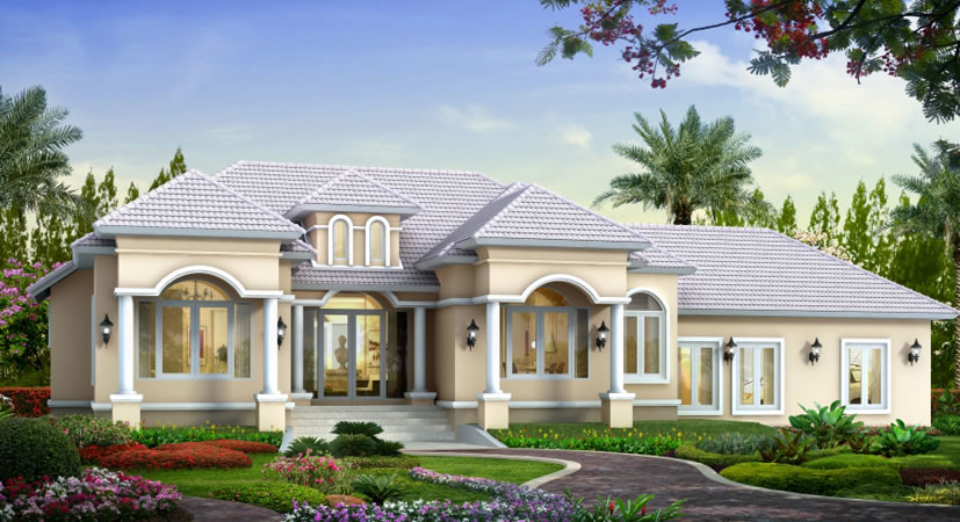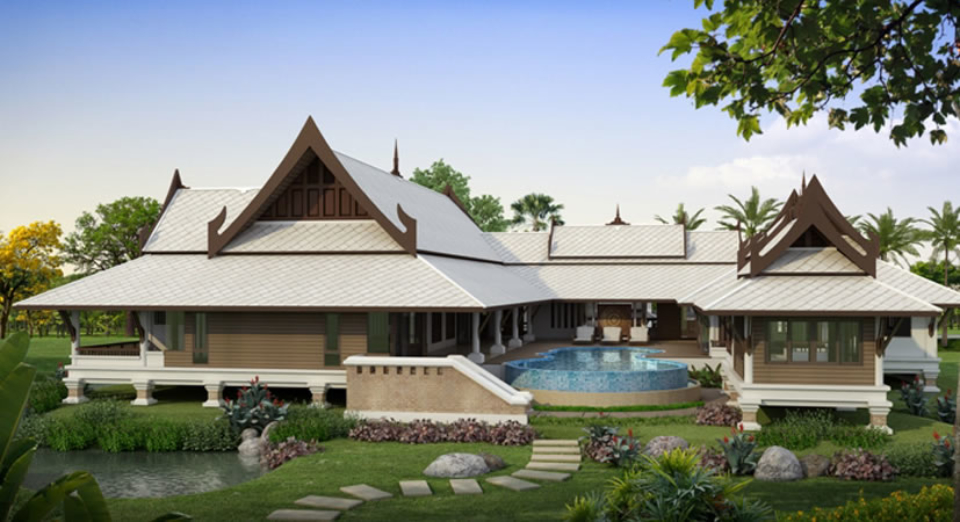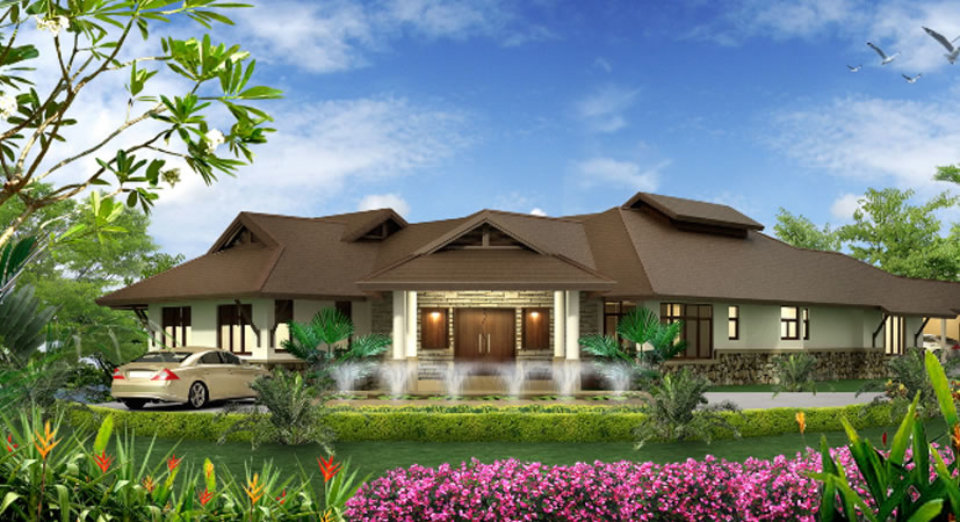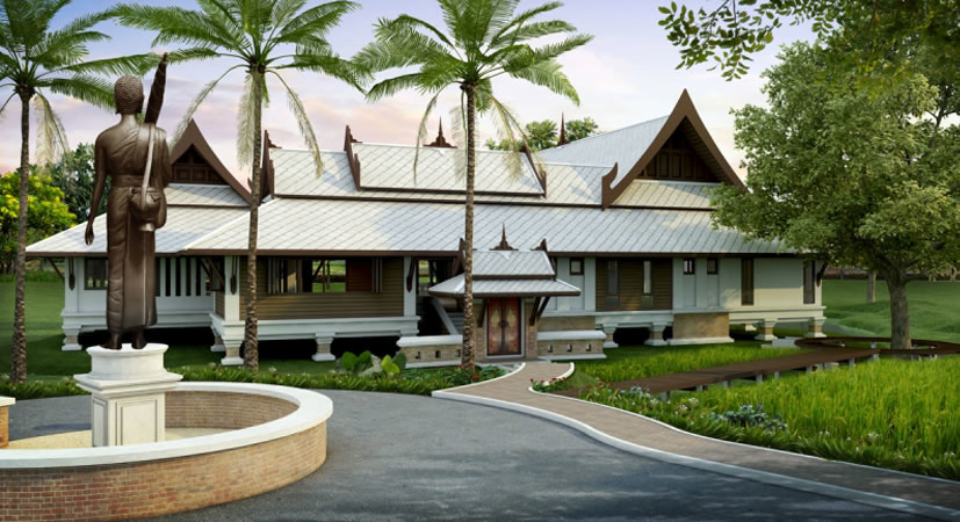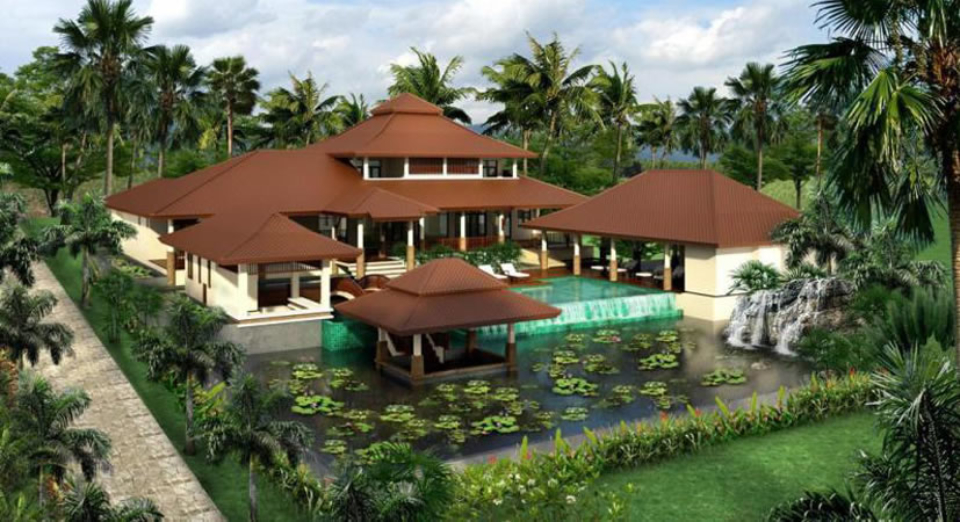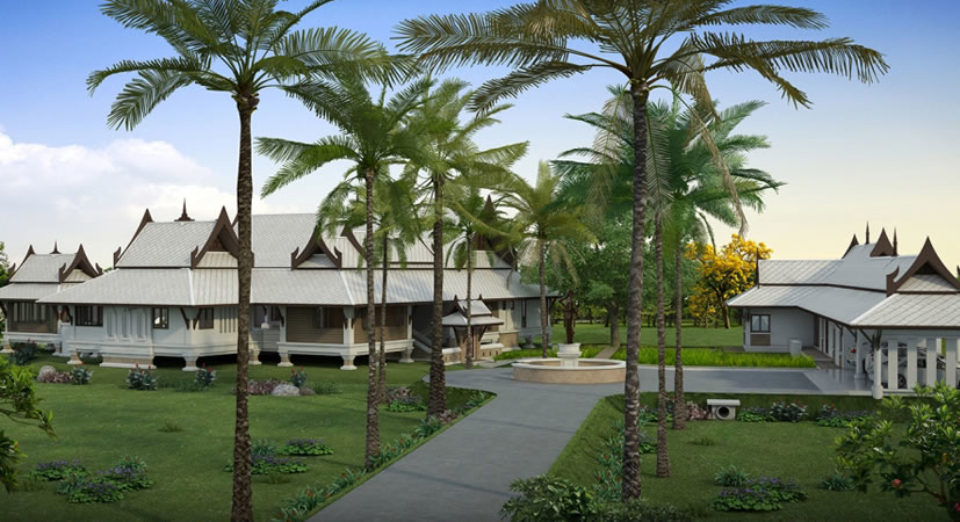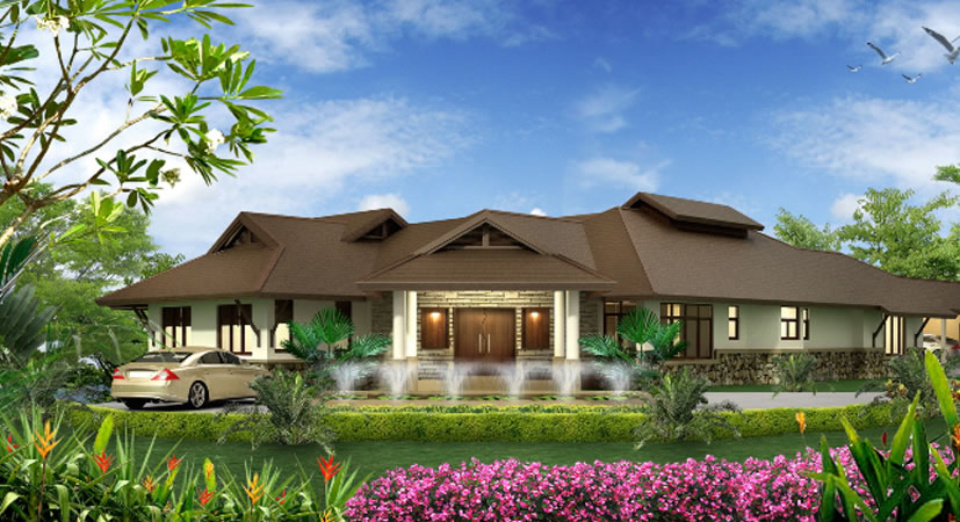Architecture is a word that used to describe buildings and other physical structures. It involves the planning, design and construction of buildings; which in turn involves space, form, the environment, ambience and atmosphere. This is reproduced in technical, social, functional, environmental, and aesthetic factors. Architecture requires the creative moulding and management of materials, technology, light and shadow. The professional person who is trained in the process of architecture is called an architect.
Thai Architecture.
As anyone who visits Thailand will testify, it has its own unique style of architecture. Millions of people every year visit the thousands of beautiful temples, historical sites and fascinating buildings. From traditional Thai wooden homes on stilts, night markets, Lanna style homes, luxury millionaire’s villas and retirement homes in the North; modern factories, high rise condominiums, shopping malls and offices. There is the old and the new. Thai Architects blend both together, create individual styles and also combine modern technology combined with traditional design styles. There is much to see and plenty to marvel at.
Thailand has a rich and interesting culture and its architecture reflects this. There is evidence of human habitation in Thailand that has been dated back as long ago as 40,000 years. Thailand like so many of other countries in the region was also greatly influenced by the culture and religions of India. The first Thai or Siamese state is traditionally accepted to be the Buddhist kingdom of Sukhothai, which was founded in 1238. Here to this day, remains one of Thailand’s most visited historical sites. The architecture is fascinating and another example of Thai architecture at its best. In the North you can see the wonderful Lanna style and many hotels blend Thai styles into their design.
Thai architecture as with most architecture stems from many areas and aspects including practical concerns, religious concerns and creative concerns. Function, purpose and requirements all play a major role. One of the reasons traditional Thai homes were on stilts was not only due to snakes and unwanted animal life, but most importantly to stay dry during the yearly monsoons. Many areas of Thailand flooded during certain times of the year so it was vital to be above it. By designing homes on stilts people remained dry and comfortable during wet periods. Also in traditional Thai design in the sleeping areas, the beds were arranged in line with the shorter end of the room (as sleeping parallel with the length is similar to lying in a coffin). The direction that the head points towards can never be the west as that is the position bodies are laid in before cremation. Also many Thai homes have spirit houses outside which are an important part of Thai religious beliefs.
Thai roofs are another distinct part of Thai architecture. Their high angle perfectly designed to allow the heavy rains to run off the roof and away from the house. Thai design is all around you and is influenced by many varying styles. Chiang Mai Architect.com can help you design all styles of architecture as well Thai. We can blend the traditional with the modern, create foreign styles and provide modern minimilist. Whatever you requirements or preferences we are here to help. Contact Chiang Mai Architects.com

